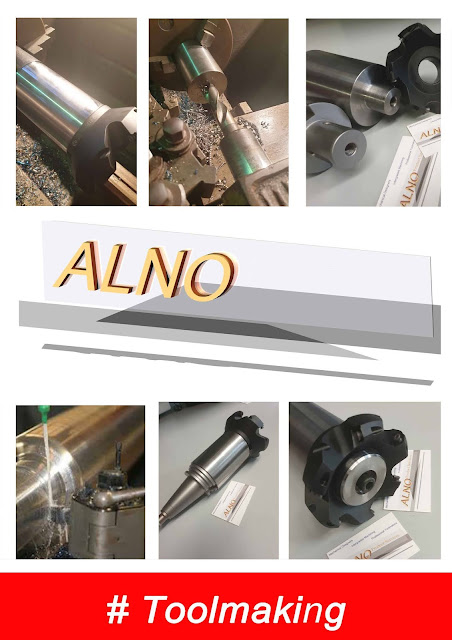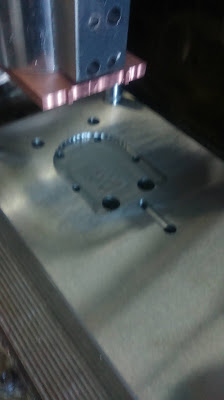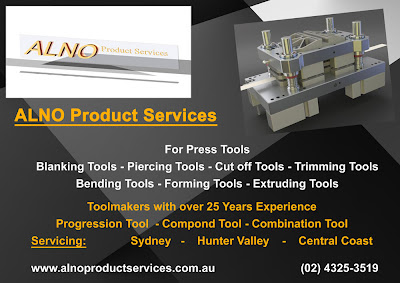Machining Components for Structural Rigidity
In terms of getting the best outcome with regard to general turning operations a client not need seek full blown FEA analysis unless your client is paying you $1000 per hour if you need such detailed element analysis studies feel free to go straight to contact us and not read any further.
In general terms of turning applications, there has been an established set of applications with parameters that make a lot of significant difference to the success of the operations with regard to be it heavy duty roughing large masses or finishing silky smooth surfaces.
Having said that I don't want to be preaching to the converted
The success of the operation can be determined by a number of inputs in the machining process which are directly related to the properties of such a material. These main machining inputs can be broken down into the following:
- The distance from machine clamp to edge of cutting tool.
- The natural frequency of machine or tool setup.
- The type of cutting applied to a material.
- Is a effective cutting fluid to be used.
- The cutting tool holding arrangement which is unique different for each cutting application, cutting: tool holding insert clamping, insert shape/entering angle and insert geometry/insert grade.
Each of these listed – and especially the way these parameters are applied can have a multiplying effect in terms of a three dimensional vector forces that are driven in a two dimensional space. These limitations can promote or provide some challenges with regard expected machining outcomes based on a specific the properties of a specific material.
For more information regarding better turning
outcome please feel free to contact ALNO
Contact ALNO












